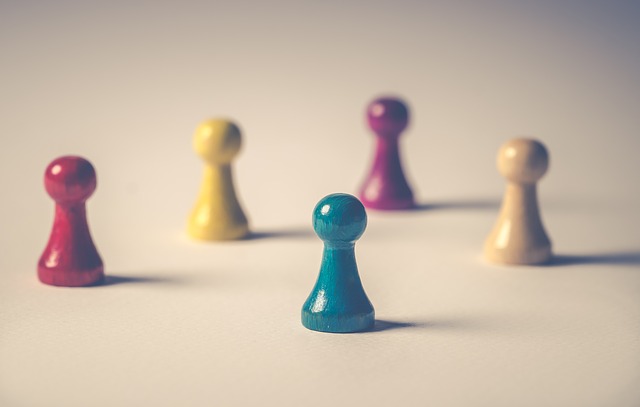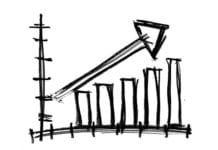International trade and other international transactions result in a flow of funds between countries. All transactions relating to the flow of goods, services and funds across national boundaries are recorded in the balance of payments of the countries concerned. So, What is Balance of Payments? Let us see it in detail.
Balance of payments (BOP) is a systematic statement that systematically summarizes, for a specified period of time, the monetary transactions of an economy with the rest of the world. In simple words, the balance of payments of a country is a systematic record of all transactions between the ‘residents’ of a country and the rest of the world. The balance of payments includes both visible (Products) and invisible (Services) transactions.
It presents a classified record of all receipts on account of goods exported, services rendered and, the capital received by ‘residents’. and Payments made by them on account of goods imported and services received from the capital transferred to ‘non-residents’ or ‘foreigners’.
Thus the transactions include the exports and imports (by individuals, firms and government agencies) of goods and services, income flows, capital flows and gifts and similar one-sided transfer of payments. A rule of thumb that aids in understanding the BOP is to “follow the cash flow”. Balance of payments for a country is the sum of the Current Account, the Capital Account, and the change in Official Reserves.
Balance Of Payments Credit And Debit
Credit
1.Exports of goods and services
2.Income receivable from abroad
3.Transfers from abroad
4. Increases in external liabilities
5.Decreases in external assets
Debit
1. Imports of goods and services
2. Income payable to abroad
3. Transfers to abroad
4. Decreases in external liabilities
5. Increases in external assets




